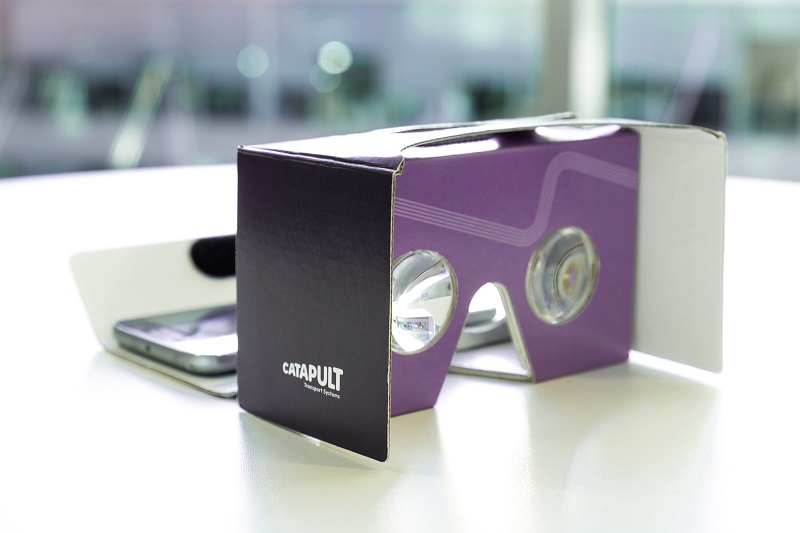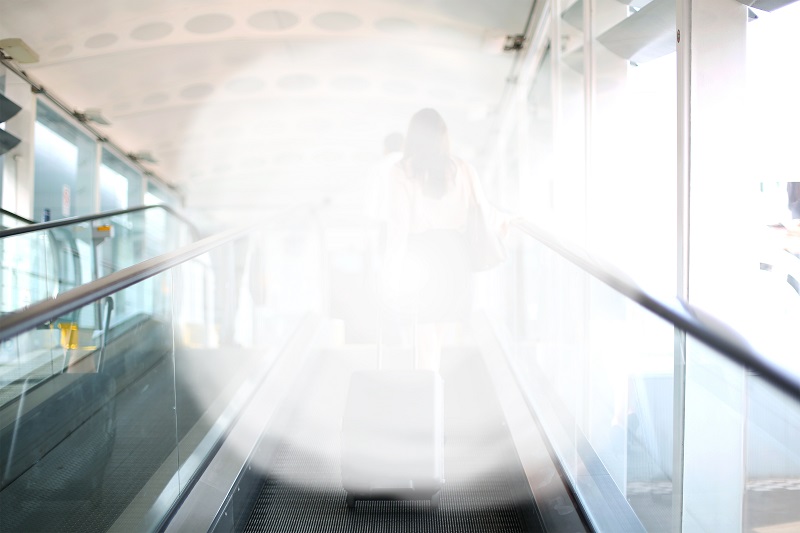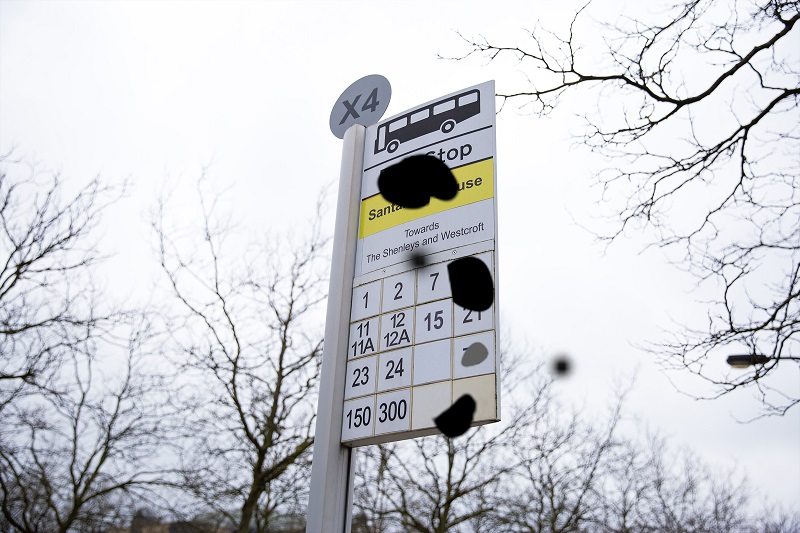Eyeware app
A virtual reality tool has been created to help designers improve buildings and public transport for people with sight loss.
Royal National Institute of Blind People (RNIB) statistics suggest that more than two million people in the UK are affected by sight loss, and by 2050, this will double to nearly four million. Findings from the RNIB’s 2015 ‘My Voice’ survey revealed that 40% of blind and partially-sighted people were not able to make all the journeys they wanted or needed to because of a lack of accessibility.
The smartphone app – Eyeware - launched in March 2017, allows users to experience the world around them from the viewpoint of people with a range of different sight loss conditions. Eyeware was developed in collaboration with RNIB and applies virtual filters over the surrounding environment which mimic sight loss conditions in real time.
Users can experience simulations of diabetic retinopathy, retinitis pigmentosa, cataracts and glaucoma.
The filters are being used at the Transport Systems Catapult to help design accessible transport systems at the organisation’s ‘Visualisation Laboratory’. This unique facility is designed to help industry develop virtual reality (VR) and augmented reality (AR) applications.
Project leader Martin Pett, Principle Technologist at the Transport Systems Catapult, said; “Urban environments like stations and new technology, can be confusing for anyone, but the difficulties this causes can be increased 10-fold when someone is blind or partially sighted. Our app allows users to put themselves in the shoes of people with sight loss conditions, so they can make better decisions about accessibility. Not only are we aiming to raise awareness of these disabilities, but our app will also have practical applications. For instance, we are helping architects design stations that are easily navigable for people with sight loss and looking at ways to make self-driving cars more accessible.”
The app is available to the public as an educational tool to help increase awareness of eye conditions. It is available for download from the Apple store and Google Play store. You can find more here.
Images and content courtesy of Catapult.
[edit] Related articles on Designing Buildings Wiki
- Accessibility in the built environment.
- Artificial intelligence and civil engineering.
- Augmented reality in construction.
- Caution Cinema.
- Gravity Sketch.
- Guide Dogs' Inclusivity campaign.
- Immersive Hybrid Reality IHR.
- People with disabilities.
- The Palimpsest.
- TruVision.
- Virtual construction model.
- Virtual reality and manufacturing.
- Virtual reality in construction.
Featured articles and news
RTPI leader to become new CIOB Chief Executive Officer
Dr Victoria Hills MRTPI, FICE to take over after Caroline Gumble’s departure.
Social and affordable housing, a long term plan for delivery
The “Delivering a Decade of Renewal for Social and Affordable Housing” strategy sets out future path.
A change to adoptive architecture
Effects of global weather warming on architectural detailing, material choice and human interaction.
The proposed publicly owned and backed subsidiary of Homes England, to facilitate new homes.
How big is the problem and what can we do to mitigate the effects?
Overheating guidance and tools for building designers
A number of cool guides to help with the heat.
The UK's Modern Industrial Strategy: A 10 year plan
Previous consultation criticism, current key elements and general support with some persisting reservations.
Building Safety Regulator reforms
New roles, new staff and a new fast track service pave the way for a single construction regulator.
Architectural Technologist CPDs and Communications
CIAT CPD… and how you can do it!
Cooling centres and cool spaces
Managing extreme heat in cities by directing the public to places for heat stress relief and water sources.
Winter gardens: A brief history and warm variations
Extending the season with glass in different forms and terms.
Restoring Great Yarmouth's Winter Gardens
Transforming one of the least sustainable constructions imaginable.
Construction Skills Mission Board launch sector drive
Newly formed government and industry collaboration set strategy for recruiting an additional 100,000 construction workers a year.
New Architects Code comes into effect in September 2025
ARB Architects Code of Conduct and Practice available with ongoing consultation regarding guidance.
Welsh Skills Body (Medr) launches ambitious plan
The new skills body brings together funding and regulation of tertiary education and research for the devolved nation.
Paul Gandy FCIOB announced as next CIOB President
Former Tilbury Douglas CEO takes helm.
UK Infrastructure: A 10 Year Strategy. In brief with reactions
With the National Infrastructure and Service Transformation Authority (NISTA).


























